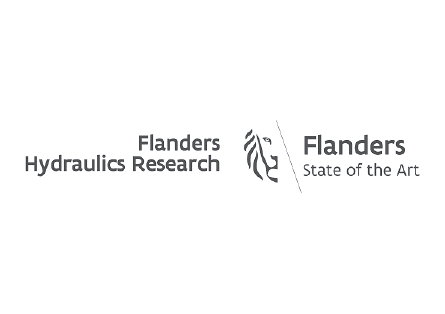
At AllWaves we intensively use scale models to create the perfect wave. The key to building any new, groundbreaking & innovative technology is following a step-by-step process and lots of prototyping. That is why we draw knowledge from the widely known NASA TRL methodology. Technology Readiness Levels (TRL) are a type of measurement system used to assess the maturity level of a particular technology. In our 1/10 and 1/20 scale models, we evaluated different wave profiles and materials to use. We look at both wave heights and speed, but also shape and everything in between. Such as backwash & wave reflection.
For an expert opinion, we brought in Belgian surf pioneer Frank Vanleenhove, the founding father of the surfclub “Surfers Paradise” and the sister company “Lakeside Paradise”. Frank brings in years of surf experience. Through his early-stage involvement, we integrated surfers’ expectations towards waves in a wave pool and embedded that in our design. As waves of 2 m are in the model only 20 cm high, the evaluation consists mainly of a visual check of the different wave profiles. We looked at 48 different profiles considering all level of surfers with different skills & preferences. From beginner to pro.
“Most people focus only on the shape of the lip, the shoulder, the pocket and tube of a wave when observing a wave. To be able to know whether a wave carries enough energy to surf on, you need also to focus on the waves’ backside. We want to see a rather flat shoulder with a vast amount of water that pushes the face in a perfect way (see picture). Secondly, we want to see what happens in the area just in front of the face. When water is sucked into the wave, we experience the wave as a qualified wave”, Steven Nauwelaerts (our CEO) explains.
When energy is not transferred correctly between the wavemaker and the water, trailing waves are created. These are extra waves in between the actual surf waves. Trailing waves represent wasted energy, reduced efficiency and an unpleasant surf sensation. “In none of the settings, we observed trailing waves.“, Frank explains. “I can’t wait to go and catch the waves in the full-scale demo centre. The countdown has started”.
To see for yourself the results of the 1/10 scale model and how a perfect wave looks like, check out the video below.
* Video by Yves Sondermeier @zebraman_in_nam & music by @thomas.lube
In cooperation with:





With financial support of:




